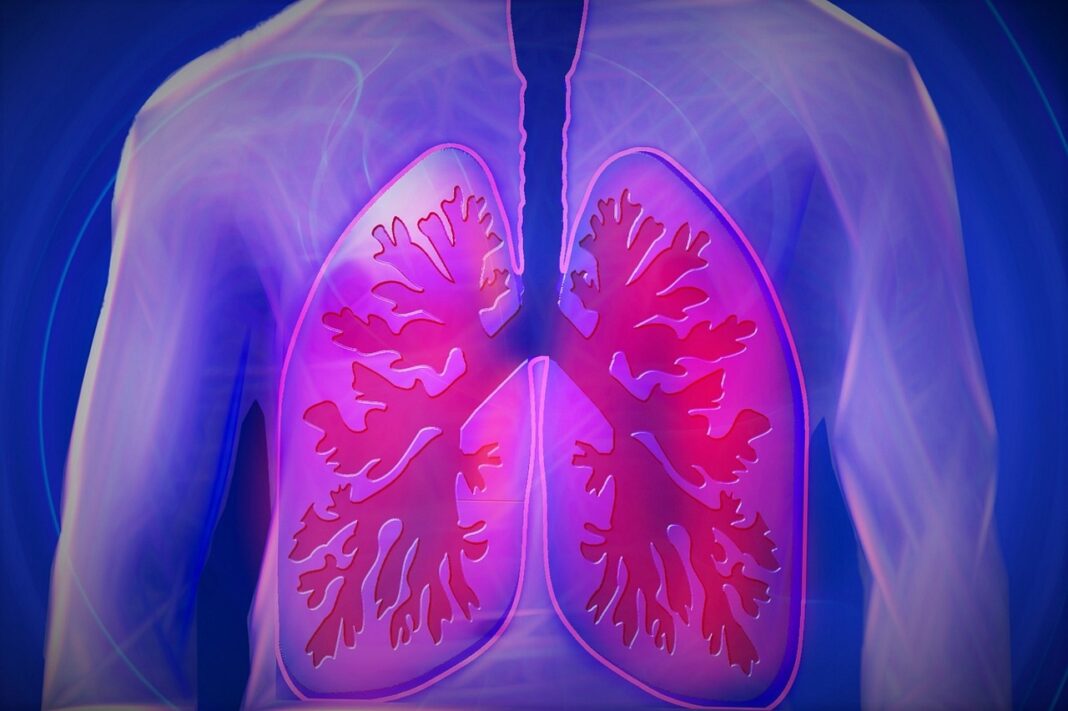According to the World Health Organization, there was an estimated 1.8 million deaths in 2020 from lung cancer. It is a leading cause of cancer death among men and women and each year, more people die of lung cancer than of colon, breast, and prostate cancers combined.
However, the number of new lung cancer cases continues to decrease, due to fewer people smoking and advances in early detection and treatment. The latest advance in early lung cancer detection involves artificial intelligence (AI). Researchers from Radboud University Medical Center in Nijmegen, the Netherlands, and collaborators reported that an AI program accurately predicted the risk that lung nodules detected on screening CT will become cancerous.
Their study was published in the journal Radiology in a paper titled, “Deep Learning for Malignancy Risk Estimation of Pulmonary Nodules Detected at Low-Dose Screening CT.”
Low-dose chest CT is used to screen people at a high risk of lung cancer, and has been shown to reduce lung cancer mortality by detecting cancers early. “Accurate estimation of the malignancy risk of pulmonary nodules at chest CT is crucial for optimizing management in lung cancer screening,” wrote the researchers.
The team sought to develop and validate a deep learning (DL) algorithm for malignancy risk estimation of pulmonary nodules detected at screening CT. They trained the algorithm on CT images of more than 16,000 nodules, including 1,249 malignancies, from the National Lung Screening Trial and validated the algorithm on three large sets of imaging data of nodules from the Danish Lung Cancer Screening Trial.
“The deep learning algorithm showed excellent performance, comparable to thoracic radiologists, for malignancy risk estimation of pulmonary nodules detected at screening CT,” noted the researchers.
“The algorithm may aid radiologists in accurately estimating the malignancy risk of pulmonary nodules,” added the study’s first author, Kiran Vaidhya Venkadesh, a PhD candidate with the Diagnostic Image Analysis Group at Radboud University Medical Center. “This may help in optimizing follow-up recommendations for lung cancer screening participants.”

For further study, the researchers look forward to improving the algorithm by incorporating clinical parameters like age, sex, and smoking history.



